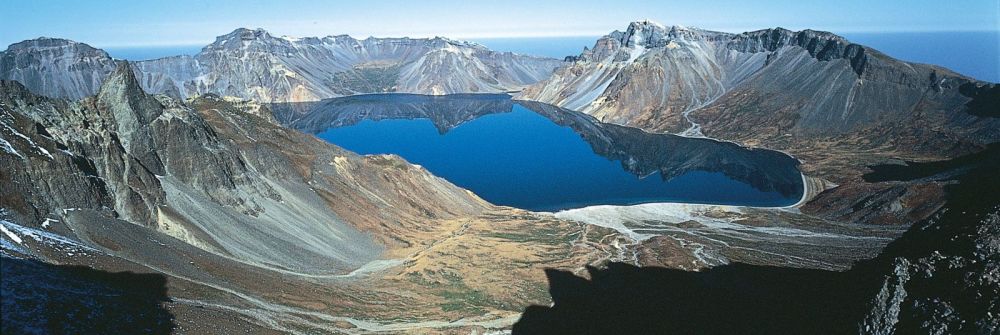

Haeju, the capital city of South Hwanghae Province in North Korea, is not a name that resonates widely with global tourists. The history of tourism in Haeju, as with much of North Korea, is intricately linked to the nation's policy of isolation and tightly controlled exposure to the outside world. Few foreigners have had the chance to explore this region, and it remains a destination shrouded in mystery.
The outset of tourism in Haeju dates back to the post-Korean War era when the hermit kingdom began to allow limited tourism within its borders. This included supervised tours in certain regions, with Haeju occasionally being a part of the itinerary due to its historical sites like the Haeju Dangsan Fortress and the Sohyon Academy.
Tourism to Haeju has always been heavily restricted, monitored, and guided by government-appointed tour agencies. These stringent measures ensure that the narratives and sights available to tourists align with the government's portrayal of the country. Additionally, an on-going South Korean travel ban to the North, as a result of the Korean War armistice, significantly limits potential tourists to Haeju.
In recent years, North Korea has been cautiously expanding its tourism sector, promoting places like Pyongyang and Mount Kumgang. While Haeju is not among the most promoted destinations, there has been a slight increase in the country's openness to tourism. This change has precipitated very controlled cultural exchanges and economic engagement efforts.
The latest trends involve showcasing grand military parades, cultural performances, and the nation’s accomplishments in urban development. Haeju has potential for inclusion in these areas, particularly with its scenic landscapes such as the West Sea Barrage and historic temples.
Events such as the 2018 Pyeongchang Winter Olympics in South Korea briefly thawed relations between North and South. Although it did not translate directly into increased tourism for Haeju, these events created moments where the possibility of eased tensions presented opportunities for future tourism exchanges.
Furthermore, the global COVID-19 pandemic led to North Korea shutting down its borders completely, highlighting the volatility and unpredictability of tourism to regions such as Haeju. Future prospects for tourism in Haeju will likely continue to be affected by broader geopolitical movements and health crises.
While Haeju holds a variety of historical and natural attractions, its role in North Korea’s tourism remains minimal compared to more traditionally showcased areas. The history of tourism in Haeju is a fascinating reflection of the nation's policies towards outsiders. For the intrepid and the curious, Haeju represents an enigma worth exploring, should the opportunity arise. Any expansion in tourism here will be closely watched by the world for insights into one of the most secretive nations on earth.